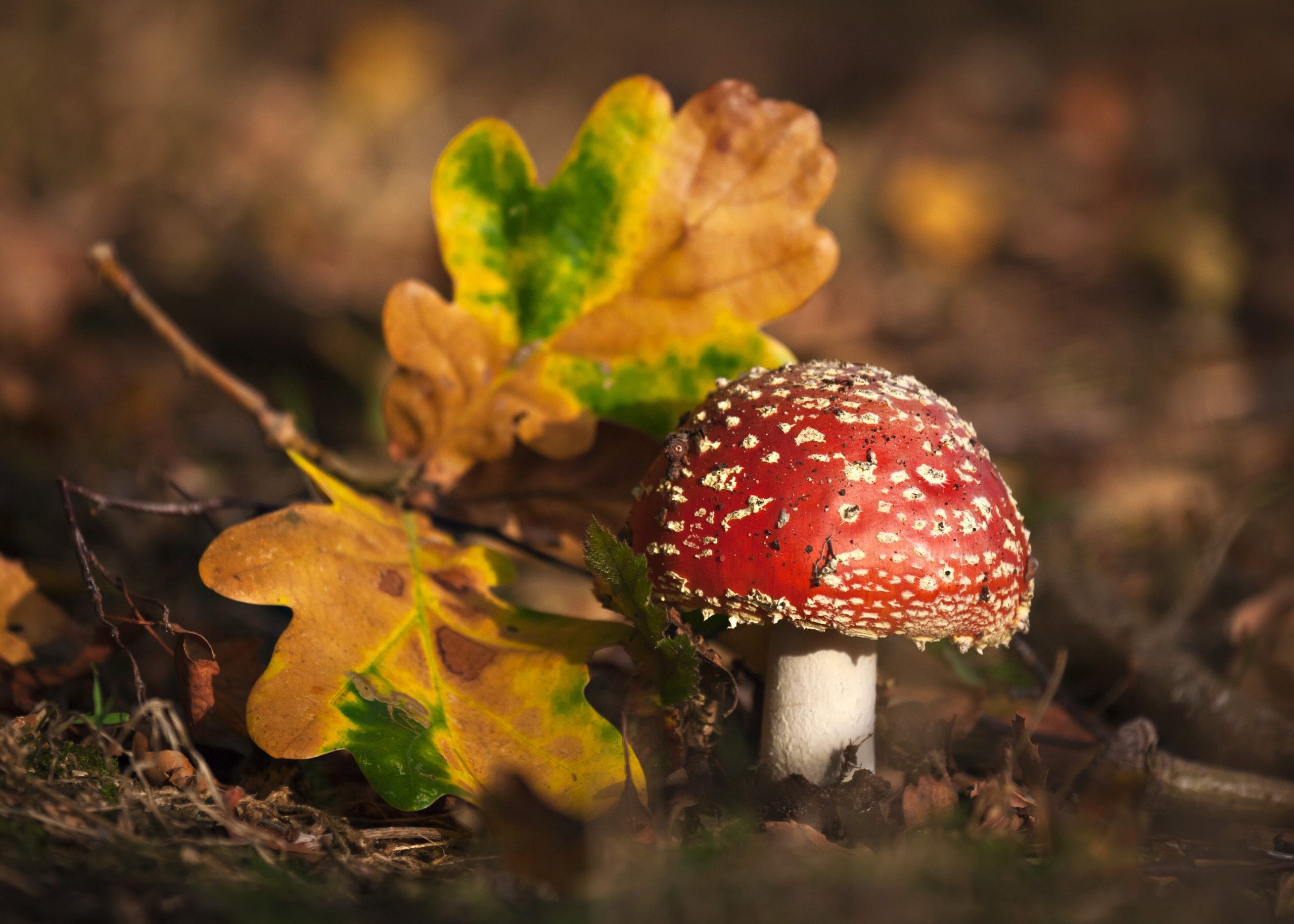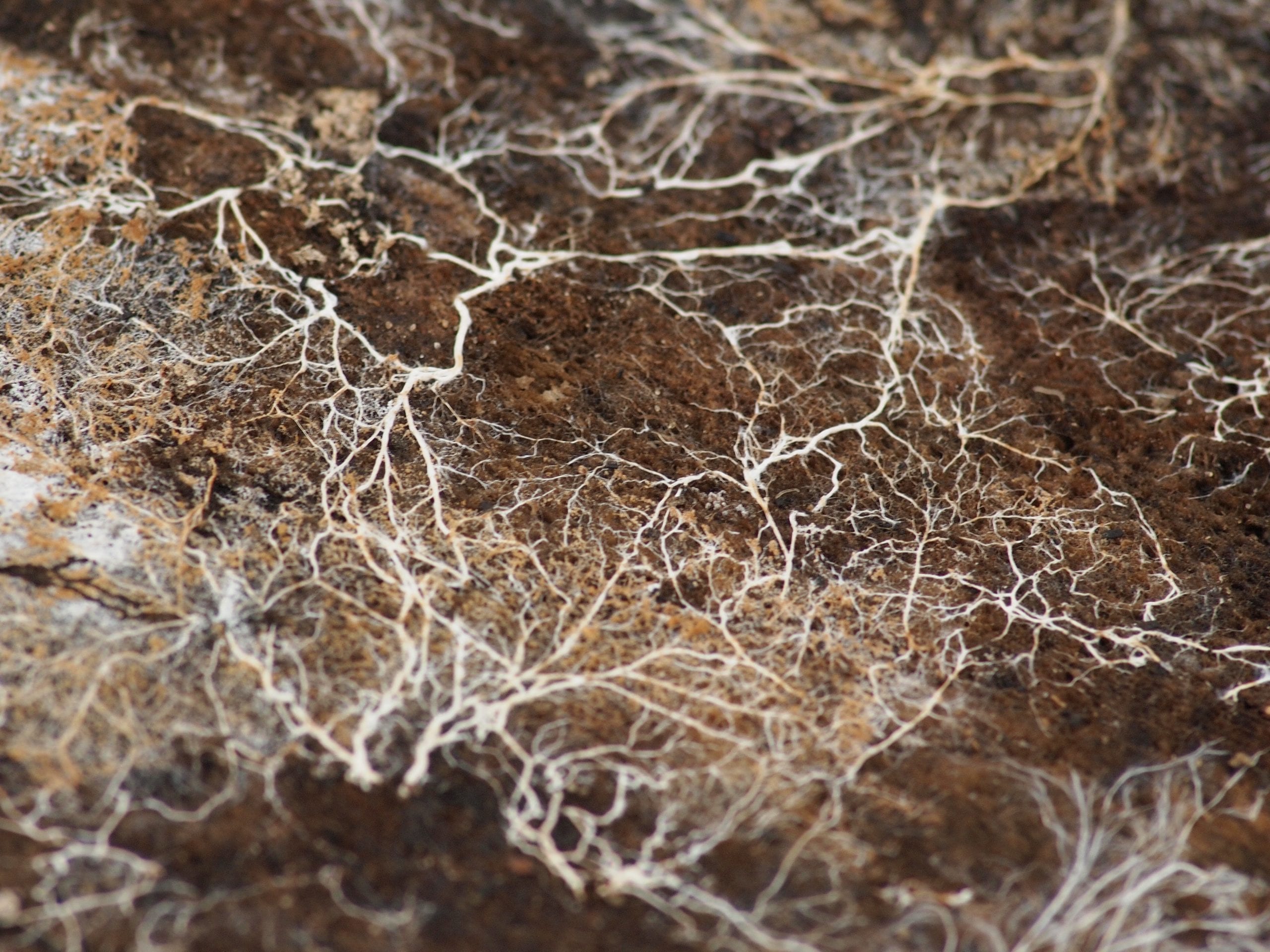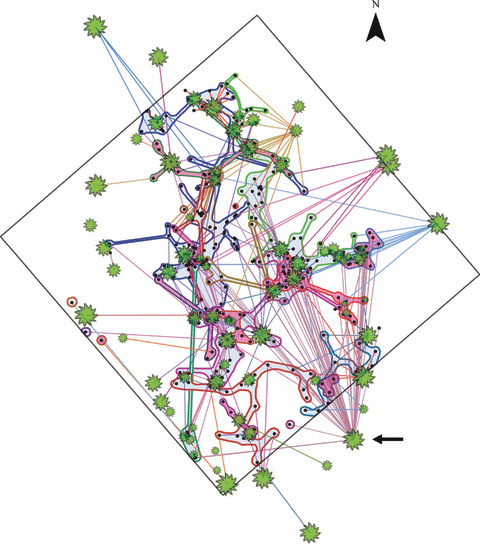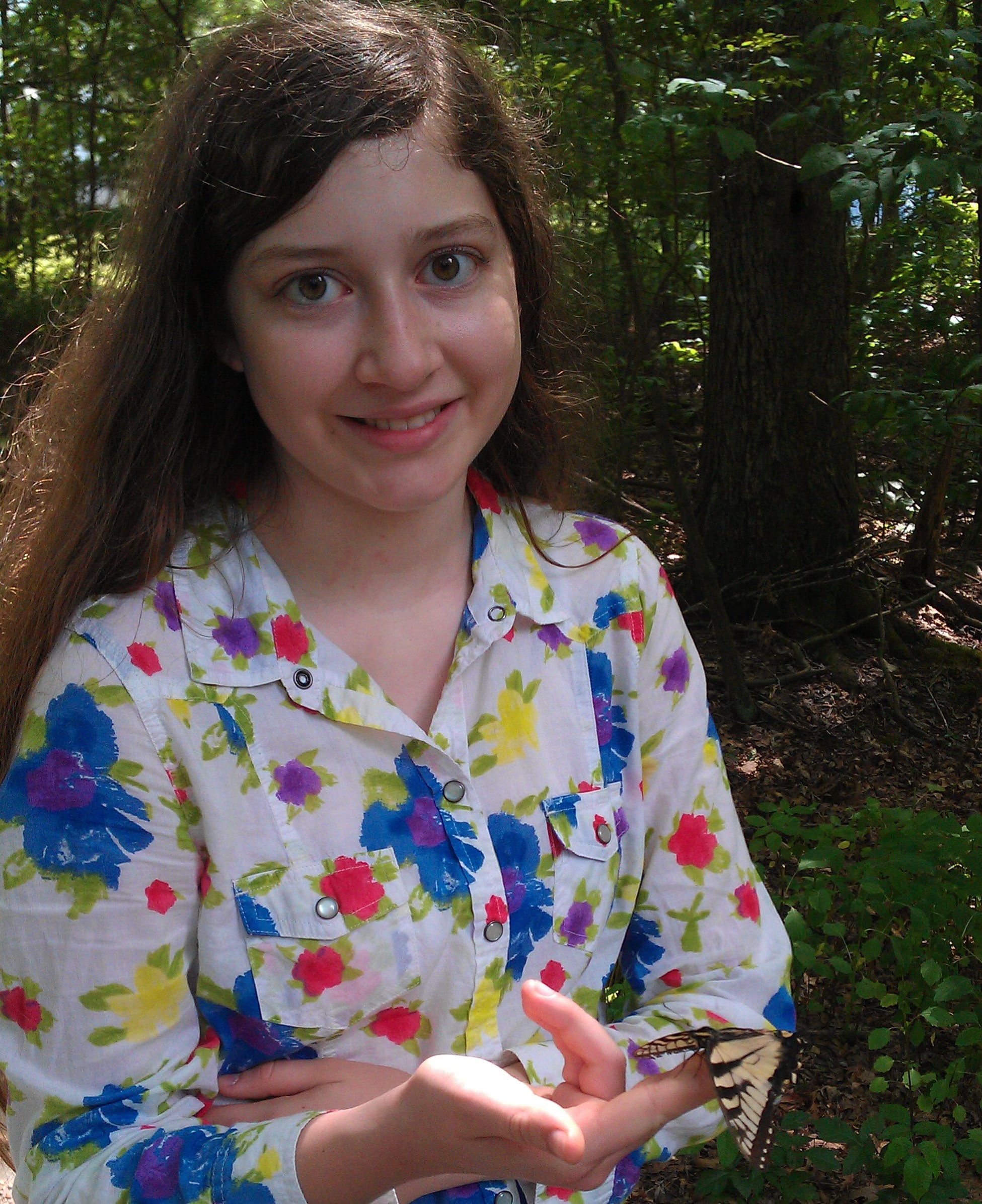The Lorax isn't the only one who speaks for the trees. In the shadow of virtually all earthly plants, an unlikely organism has woven its way into inter-species harmony, and in the process constructed a vast community more cooperative than some human societies. This microscopic diplomat is none other than the humble fungus.
Contrary to assumptions of 19th-century botanists, fungi aren’t just odd, leafless plants; they are part of a completely separate kingdom of life, closer cousins to us humans in fact. They do, however, have a slight case of photosynthesis envy (don't we all?). While their thin, root-like hyphae make them experts at mining for essential minerals, doing so requires the energy-rich carbohydrates that plants spin from sunlight. Unfortunately, these sugars are not something you can just pick up off the street.
The logical way to obtain those vital carbs, at least to most other heterotrophs (humans included), is to consume organic matter (i.e. eat a salad). But while this is certainly a popular option, some fungi opt for a more diplomatic approach. These mycorrhizal fungi propose a trade, offering their hard-earned minerals in exchange for some of the plant's precious sugars.

Purposely inviting a fungal infection might sound a bit questionable, but in this case it is a golden opportunity for any plant. The nutrients that fungi sift so deftly from the soil are vital components to leaves, branches, and trunks. In other words, while our moms urge us to eat our veggies, veggie moms urge their kids to eat their minerals.
The problem is, plants can only take up these minerals in through cells at the very tips of their roots. By permitting fungi to infect these cells, the mineral-grabbing range of each root is extended to include the far more nimble and numerous hyphae of the fungal partner. Some fungi don't even need to penetrate the cell membrane- these ectomycorrhizae transfer nutrients by gently surrounding the cells in a web called a Hartig net. Who wouldn’t welcome such an ally?
In this way, nature's symbiotic dream team thrives. Of all known plants on earth, as many as 90% rely on mycorrhizal aid, receiving up to 80% of their nitrogen and 75% of their phosphorous from their microscopic sidekicks. Most plants are equally generous, paying out more than a fifth of their own sugar production.

With such a close relationship, it's not surprising that fungi and plants go way back. Signs of mycorrhizae surrounding the roots of fossilized plants support the possibility that fungi were instrumental to plant colonization on land 450 million years ago.
Although this ancient friendship is inspiring all by itself, the two have an even bigger picture in mind. While their green-leaved companions grapple with each other in an age-old war for sunlight, down below– in their dark, moist, element –the fungi have managed to reconcile those very same plants in an underground haven of inter-plant cooperation.
Imagine a neighborhood knit of strands, as thin as spider’s silk, weaving roots into webs spanning hundreds of acres in size. Research into several species of pine (and other plant varieties) has revealed that trees pass chemical signals and even their own hard-won carbon to other trees nearby via their shared mycorrhizae, which use their hollow bodies to act as microscopic postmen.

Here, trees suffering from bacterial or insect intruders call up their friends, warning them to lock their doors. Extra defense chemicals are sent along for the purpose. Carbon casseroles are exchanged in times of need. Mother trees even recognize and send care packages to their seedling children (a true family tree).
In a teaspoon of soil, researchers have found seven miles of these mycorrhizal telephone wires. Many believe that without this underground network, the world’s forests would crumple as quickly as a college student without wifi; in fact, scientists have dubbed it the “Wood Wide Web.”
So next time you crave connection, consider the world just beneath your feet: a close-knit community hidden in the shadow of our own, all brought to you by your friendly neighborhood fungus.
“When we try to pick out anything by itself we find that it is bound fast by a thousand invisible cords that cannot be broken, to everything in the universe.” – John Muir
 |
Rosemary Wills is a freshman at UGA majoring in Plant Biology. She spends her days learning about science, writing, and investigating bits of nature she finds on her way to class. In her spare time, she enjoys Python programming and spending time with family. You can e-mail her at rwills25@uga.edu. More from Rosemary Wills. |
About the Author
- athenssciencecafehttps://athensscienceobserver.com/author/athenssciencecafe/April 17, 2020
- athenssciencecafehttps://athensscienceobserver.com/author/athenssciencecafe/April 12, 2020
- athenssciencecafehttps://athensscienceobserver.com/author/athenssciencecafe/April 3, 2020
- athenssciencecafehttps://athensscienceobserver.com/author/athenssciencecafe/March 30, 2020







